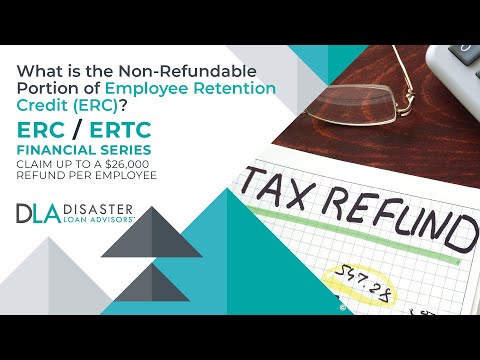The employee retention tax credit can be a valuable business tool to assist them retain their employees during tough economic times. In the Coronavirus Aid, Relief created this tax credit that can be refunded as well as the Economic Security (CARES) Act in 2020 . It was designed to encourage employers to keep their employees on payroll in spite of the financial challenges caused by the COVID-19 pandemic. The tax credit for employee retention is available to employers of all sizes, including those who are self-employed or employ less than 500 people.
The employee retention tax credit allows a tax credit refundable of at least 50% wages paid by an employer that is eligible to employees in the time beginning on March 12, 2020, through December 31st, 2021. The maximum amount of credit is $5,000 per employee in a year. Credit is available all employers, regardless of whether they have experienced a full or temporary suspension their company's operations due to the COVID-19 epidemic.
This article is to provide general information about the employee retention tax credit and what employers need to know in order to get the benefit. The article will address eligibility requirements, how it works, and how to claim the credit. We will also share suggestions for employers to maximize their tax credits for retention of employees.
In the end, the employee retention tax credit is an effective tool for employers to help keep their employees employed during tough economic times. The tax credit is accessible for employers of all sizes and provides a refundable tax credit of up to 50 percent of the wages an eligible employer pays its employees. Employers should take the time to be aware of the requirements for eligibility as well as the process of claiming the credit, and how to claim it to get the most benefit from their tax credit for employee retention. By taking advantage of this credit, employers can help ensure their business's financial stability as well as their employees' employment.
In addition, employers should talk to their tax advisors to ensure that they're taking full advantage of the employee retention tax credit and other available relief programs. The CARES Act provides a number of other relief programs in addition to the employee retention tax credit like the Paycheck Protection Program and Economic Injury Disaster Loans. By making use of the various relief programs available employers can be able to ensure their company's financial stability and ensure their employees' employment.

















